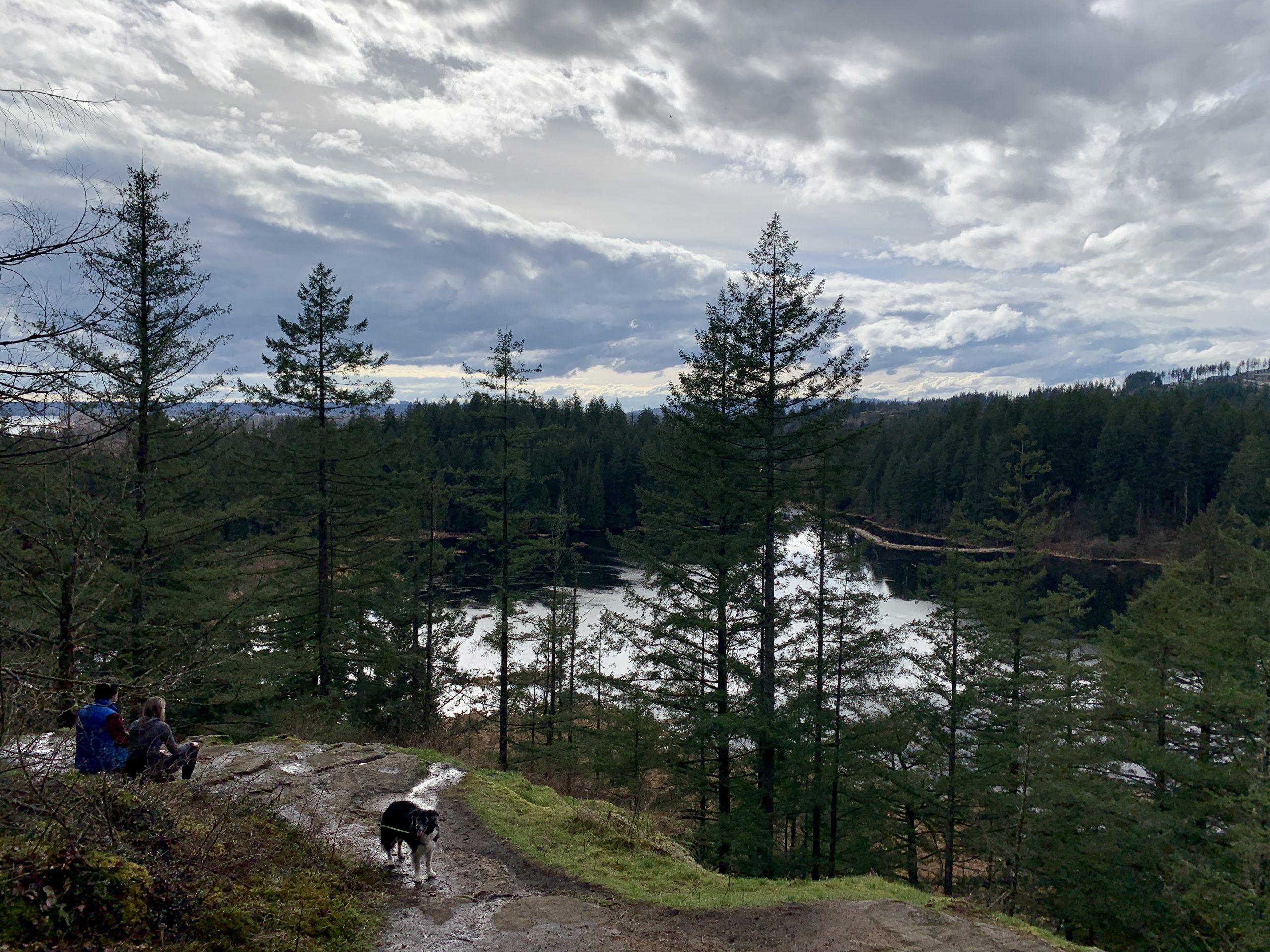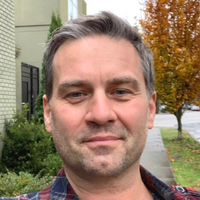
Transformative Educational Leadership Journal | ISSUE: Spring 2022
An educator explores what the pandemic has left behind in its wake. While out in nature appreciating the beauty of the land, Andrei Sala reflects on the challenges educators have faced during the pandemic, and the lingering difficulties that remain as those working in school districts struggle to cope with what was lost, and re-gain a sense of self and connection with colleagues.
By Andrei Sala
The first step in healing is to recognize the source of the wound and attend to it … the first question to ask in any restoration project is: To what point in time are we restoring this place? … I think the restoration targets we choose should be based on our relationship with a place, not just on an abstract idea of what is “natural.”(Kimmerer as quoted in Tonino, 2016, p. 34)
Recently, a friend and I joined two friends in their new neighbourhood on Burke Mountain in Coquitlam. Soon we were off for a hike, not too far from their new home, an opportunity to take in the land and explore the outdoors together. Throughout the entire hike, we talked about work. Two of us are Principals and I am a Vice Principal who unexpectedly took on the role of (acting) Principal for the past while. The stories we shared lasted our entire hike. At one point we ended up at a beautiful vantage point. For a moment, we took in the land, still untouched here; newly developed, carved out, and built upon land, changed forever by human beings, only minutes away by car. It was a moment of quiet and reveling in the beauty of the land. Then our storytelling about work recommenced and, before we knew it, our 90-minute hike ended back at our vehicles.
As we wrapped up our stories, I took a moment to take in all that was shared and summed it up with: “People are not okay”.
One friend repeated, “No, they’re not.”
Another repeated once more with, “People are not okay.” Relationships are strained. Some are broken. How do we talk about our systems’ next steps when people are broken?
How do we talk about our systems’ next steps when people are broken?
In the Tonino interview, Kimmerer eloquently shares about what the land needs to recover once human beings have torn it up, claimed it, abused it, and left it contaminated and broken. Perhaps we humans need the same.
We have heard often throughout this school year that we are overwhelmed and overworked. My leadership team and I have adopted the phrase ‘we need to meet them where they are at’. By “them” we mean staff. The pandemic has torn us up indiscriminately as it has dominated our lives for two years, leaving much uncertainty and relational collateral damage. Teachers and staff members are not who they were when this global pandemic revealed this world of uncertainty. For instance, the uncertainty of who might be a danger to us and others in classrooms that had seemed safe not too long ago. And then, of course, the added uncertainties such as covering half our faces until our students no longer know what our smiles look like or have never seen them at all (I am new at my school). It has been a lot.
Teachers and staff members are not who they were when this global pandemic revealed this world of uncertainty.
Science, one of the ways of knowing discussed, has thankfully contributed to where we are today. I have personally experienced how the vaccinations have protected me from potential greater harm. I felt it work in my body, fighting, protecting, restoring before more damage could be done. I am grateful for the scientific method, and for every step that got us to the vaccine that is saving lives today – a number we will never know. But that type of healing and protection is not the only one that matters.
As we become increasingly familiar with Indigenous ways of knowing and apply them more fully in our educational settings, we may start to heal in other ways.
The way forward is not necessarily the way back to who and how we were. Just as the land is known to restore in different and in new ways, we will likely restore in new ways. Kimmerer talks of rebuilding a relationship with the land as an intricate and delicate task needing much understanding, knowledge, thoughtfulness, patience, love, and compassion. The natural way forward together in our educational settings will be to connect more deeply, to draw towards one another once more, to nurture and strengthen relationships. We need to ‘see’ each other and listen more fully to each other so people feel they are seen and heard. We need to talk about what each of us needs to gain courage and rebuild reserves so that we can carry onward, while shedding some of the weight that has borne down upon us. We need to understand who we are, in this place, at this time, before we can move forward together.
The natural way forward together in our educational settings will be to connect more deeply, to draw towards one another once more, to nurture and strengthen relationships.
First, we need educators to feel safe and, eventually, comfortable enough to reclaim a passion for personal and professional growth. This is something that, for many, has been put aside, or has been lost as an attempt to ‘just survive’. My focus is towards strengthening and rebuilding resiliency in our school teams. I liken it to restoring the beauty of an ecosystem, and the hopeful and natural-forming symbiosis that develops over time and sustains throughout time. This can only be done through nurturing one another: a most vulnerable task. As we work on this together, we might ask the questions: What systems and structures will we come back to in our efforts to restore levels of innovation and learning, and reclaim a deeper connection with each other? And, what do we want our school learning environments to reflect moving forward?
What systems and structures will we come back to in our efforts to restore levels of innovation and learning, and reclaim a deeper connection with each other?
One day, when I return to Burke Mountain with my friends, I will want to talk about the land. I will want to talk about the kinds of plants and trees that reside there, about the types of birds that fly overhead and the creatures that crawl over the land. I want to draw serenity and peace from my surroundings. And I hope to be able to say, “things are so much better now; we are stronger for the challenges that we have faced together.” I believe this can be true. And I know there is much work to be done as I continue to engage in self-reflection and learn with the teams I have the honor and privilege to work with locally and regionally in the Richmond School District, on the land of the First Peoples of the hən̓q̓əmin̓əm̓ language group.


